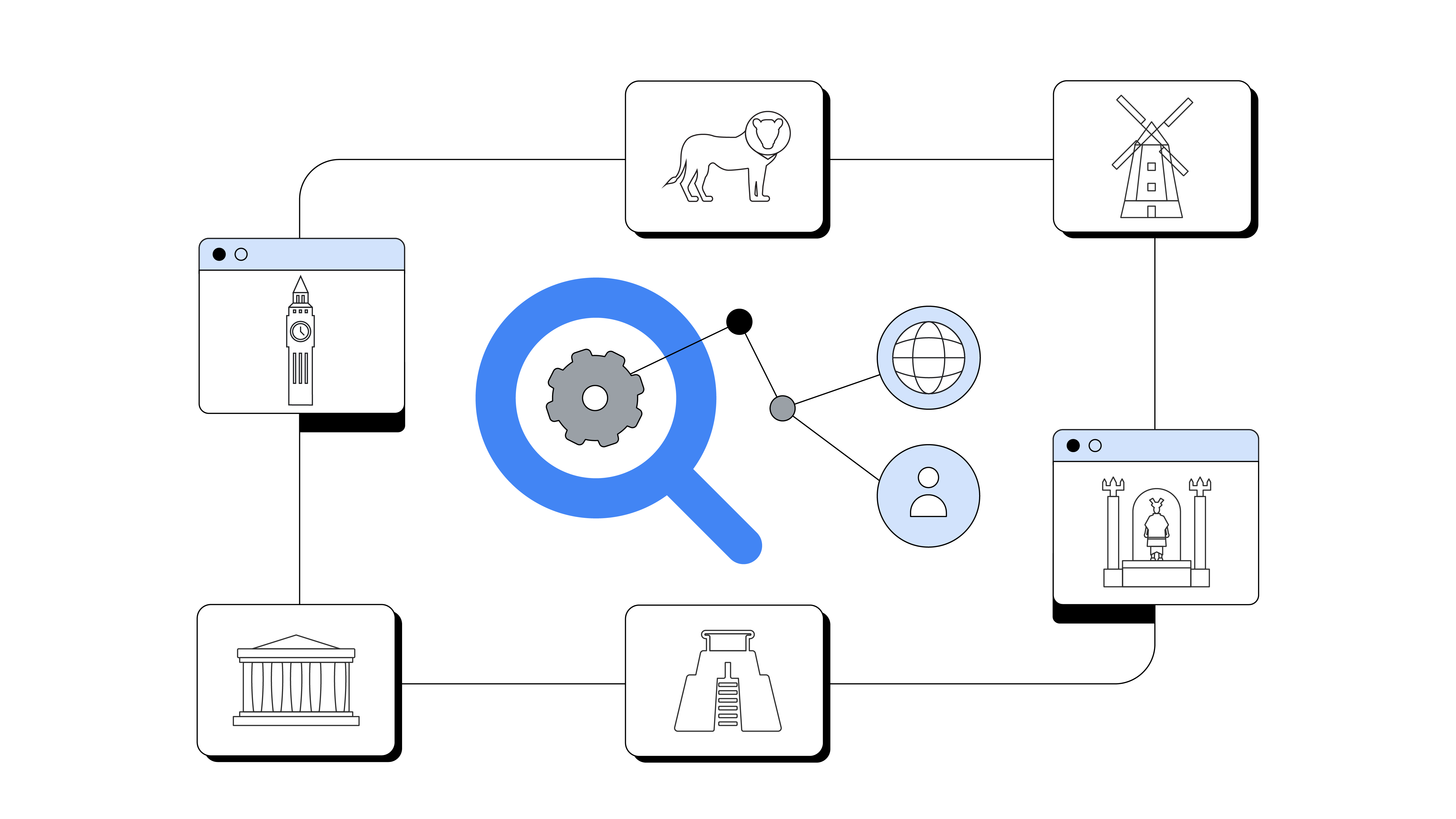Why value and trust matter for data privacy
Host
Guest
Published
January 2022Share this page
Why value and trust matter for data privacy
January 2022A study by Pew Research Center revealed that 81% of people say the risks of sharing data outweigh the benefits. So how should marketers think about building and maintaining their customers’ trust? Join Jaylen Baca, a global product lead at Google, as he explains how he thinks about the privacy landscape changing to first-party data and why creating a fair value exchange with people can help you build relationships based on value and trust.
Explore more insights and videos on the Think with Google YouTube channel.
Nacia: Hey, everyone. Nacia here. In this video, we’ll be covering how to think about the shifting privacy landscape. Did you know that according to a study by Pew Research Center, 81% of people say that the potential risks of data collection outweigh the benefits. So how can marketers communicate to customers transparently and win back their trust?
Nacia: Well, the first step is empowering people to make well-informed decisions about how their data is used, and how sharing their data can benefit them. To learn more, we talked to Jaylen Baca, a global product lead at Google, to see how he thinks about creating a fair value exchange with people. Let’s see what Jaylen has to say.
Jaylen: Thank you, Nacia. My name’s Jaylen Baca, and I’m here to help you think about navigating the changing privacy landscape. So first things first: People are increasingly concerned about their digital privacy. And technology platforms are addressing the issue by phasing out identifiers, like third-party cookies, which have been used for decades to power the digital advertising ecosystem.
Jaylen: That means marketers are shifting their focus to first-party data, which is data shared directly by the customer. So, how should you think about managing the new first-party data landscape? We have three recommendations.
Jaylen: First, make it meaningful. Second, make it manageable. And then third, make it memorable. Let me explain.
Jaylen: Let’s start with making it meaningful. According to recent studies, 9 out of 10 adults say they’re more likely to shop with a brand that provides offers and recommendations they find relevant.
Jaylen: When people see value in an exchange, they’re more likely to share their data, which you can then use to make future exchanges more meaningful.
Jaylen: We call this a meaningful value exchange. In exchange for permission to use their information, you give something in return. And at its core, you’re building a relationship based on value and on trust.
Jaylen: Next up is making it manageable. When people know they’re sharing data and are given control over the decision, they are more likely to find the advertising they see as relevant. Studies have shown that people are three times more likely to react positively to advertising when they feel in control of their data.
Jaylen: So give customers full control of their data settings and features. They should decide how their information is used and when it’s deleted. And once they’ve made their choice, it absolutely must be honored. Again, this is a matter of building trust.
Jaylen: Finally, make it memorable. What do we mean by that? Well, in order for people to respond positively to the marketing they see, people should be able to remember having shared the data that informs the marketing they receive.
Jaylen: What helps here is full transparency. Make people aware that information is being collected, be clear about how it’s going to be used, and communicate the value they’ll get by granting data permissions. Your privacy policies should be free of complicated legalese and easy to find.
Jaylen: So there you have it. In the first-party data landscape, building trust with your customers requires a clear value exchange, user control of their own data decisions, and a transparent privacy policy explaining how your brand will use the data if given permission. If you can build your data strategy on those principles, you’ll find your audience is more receptive to the marketing you share. And in that case, everyone comes out a winner. I hope that helped clarify the best way to navigate the changing world of user privacy. And thank you. Back to you, Nacia.
Nacia: Thanks so much for sharing your insights, Jaylen. So, let’s do a quick recap. We learned how to think about the changing privacy landscape and three best practices for building a first-party data strategy: making interactions meaningful, manageable, and memorable.
The biggest takeaway here is that one-sided relationships with users are over. First-party data works best when you can create trusting relationships with your users that benefit both of you.
For more, check out the privacy toolkit in the description copy below. And for more insights, subscribe to our channel for the latest in our How to Think About series. See you next time.
Others are viewing
Marketers who view this are also viewing
-
ArticleArticle
Why 2024 will usher in the next era of marketing
-
Article
![]() Article
ArticleThe AI Handbook: Resources and tools to help marketers get started
-
Video
![]() Video
VideoManaging privacy-first measurement
Watch now -
Video
![]() Video
VideoBuilding privacy-first organisations
Watch now -
Article
![]() Article
Article4 ways to move forward with confidence in a privacy-first world
-
Article
![]() Article
ArticleBuild more meaningful customer relationships
-
Article
![]() Article
ArticleAbout Think with Google
-
Case StudyCase Study
Dutch fashion brand G-Star and its gold-star strategy to close online data gaps






